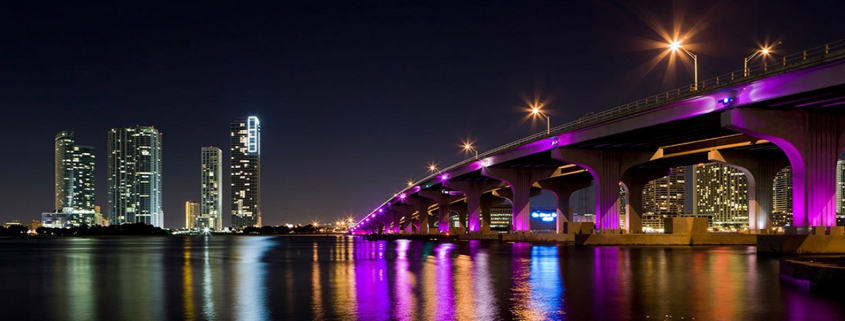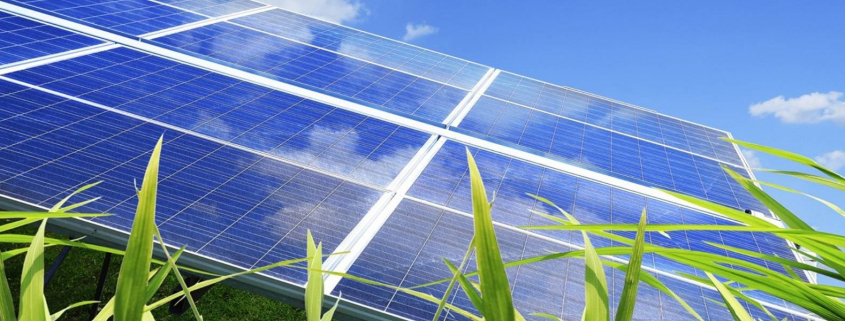Primary-election voters approved the expansion of a renewable-energy tax break that backers say will help businesses and spark the expanded use of solar energy in Florida.
But while the measure had support from an array of groups, they are divided on an unrelated solar amendment on the November general-election ballot that could lead to a major political fight.
The proposed constitutional amendment approved Tuesday was known as Amendment 4 and was placed on the ballot by the Legislature. It is designed to extend a residential renewable-energy tax break to commercial and industrial properties.
Shortly after the polls closed, the measure was more than 10 percentage points above the required 60 percent threshold needed for approval of constitutional amendments. The preliminary results indicated that the measure, which backers say will spur growth in solar and renewable energy, was supported in almost every county.
“The strong showing of support for Amendment 4 sends a clear message to elected officials at all levels of government that Florida voters want more diversity in our energy market,” said Sen. Jeff Brandes, a St. Petersburg Republican who sponsored the proposal during the 2016 legislative session.
Though approved by voters, the measure still needs the Legislature to enact the changes. The measure, sponsored in the House by Rep. Ray Rodrigues, R-Estero, and Rep. Lori Berman, D-Lantana, will exempt for 20 years the assessed value of solar and renewable-energy devices installed on businesses and industrial properties.
“Eliminating high tax barriers will unleash the potential of the ‘Sunshine State’ to become a leader in solar energy production,” Rodrigues said in a statement.
“The election results allow Florida to enter a new era where renewable energy can be accessible for all, and clean energy jobs can be at the forefront of Florida’s economy,” Berman said.
Voters approved a similar exemption for residential property owners in 2008, with the measure taking effect in 2014.
The new proposal also has an element to help residential property owners, as it would exempt all renewable-energy equipment from state tangible personal property taxes.
Support for the measure came from a wide range of organizations such as the Florida Retail Federation, the Florida Restaurant & Lodging Association, the Florida Petroleum Marketers and Convenience Store Association, the Florida AFL-CIO, the Nature Conservancy, the Sierra Club of Florida and Surfrider Foundation.
A poll released last week by the Florida Chamber of Commerce showed 70 percent of Floridians supported the proposal, with 14 percent opposed. Yet on Friday Mason-Dixon Polling & Research released findings that indicated the measure was having serious trouble with Republicans and independent voters.
Some late opposition to the measure came from groups such as the Orlando-based political action committees Stop Playing Favorites and the Advocacy, Action & Accountability Alliance, which claimed the amendment would provide “millions in tax breaks to big corporations” at the expense of money that would otherwise flow into minority communities.
Backers of the measure also had to overcome some confusion that the proposal was linked to a separate utility-backed solar proposal on the November ballot.
With Tuesday’s victory, supporters of Amendment 4 are now expected to divide up on what is known as Amendment 1 in November.
Stephen Smith, executive director of the Southern Alliance for Clean Energy, said his group is ready to immediately “pivot” from having supported Amendment 4 to vocally opposing Amendment 1.
“What Amendment 1 does not have is the support of a broad, very diverse, grassroots coalition,” Smith said. “It is exactly what it is, a utility-backed, utility-funded, self-promoting approach to try to keep a monopoly control on their terms.”
The November “Consumers for Smart Solar” initiative would generally maintain the status quo in allowing Floridians with solar equipment on their property to sell energy to power companies.
More than $15 million has already been spent promoting the November amendment.
Source: Daily Business Review





